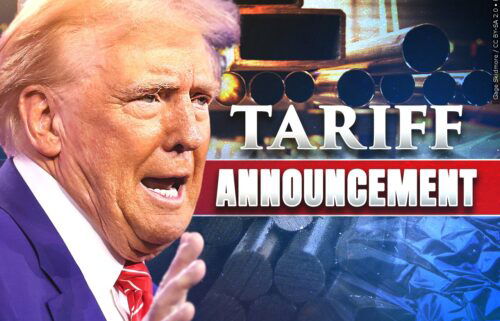Fed governor lays out the case for a US-backed digital dollar
The Fed is getting serious about the digital US dollar.
Lael Brainard, a member of the Federal Reserve Board of Governors, laid out a case for a secure, central bank-backed digital currency that could create a more efficient payment system and expand financial services to Americans who have been underserved by traditional banks.
“Today, the speed by which consumers and businesses can access the funds following a payment can vary significantly,” Brainard said in a web address to the CoinDesk conference Monday. “Advances in technology, including the use of distributed ledgers and smart contracts, may have the potential to fundamentally change the way in which payment activities are conducted.”
Brainard’s comments came just a few days after Federal Reserve Chairman Jerome Powell announced the central bank would publish a paper this summer laying out the board’s thinking on the benefits and risks associated with a digital US dollar.
Although cryptocurrencies like bitcoin are digital, a Central Bank Digital Currency would be fundamentally different from current cryptos because it would still be controlled by a central bank rather than a decentralized computer network.
Brainard didn’t specifically address cryptocurrencies, but she noted “new forms of private money” may add risks to the financial system and potentially undermine consumer protections.
“In contrast, a digital dollar would be a new type of central bank money issued in digital form for use by the general public,” Brainard said. By introducing “safe” central bank currency, a CBDC would reduce such risks, she said.
At the same time, China’s central bank is rolling out its own digital yuan as it cracks down on the mining and usage of cryptocurrencies within its borders.
The pandemic not only accelerated the migration to digital payments but also underscored the importance of access to timely and safe financial transactions, Brainard said: “While the large majority of pandemic relief payments moved quickly via direct deposits to bank accounts, it took weeks to distribute relief payments in the form of prepaid debit cards and checks to households who did not have up-to-date bank account information with the Internal Revenue Service.”
With a digital currency, those relief payments could be distributed “more quickly, cheaply, and seamlessly.”


